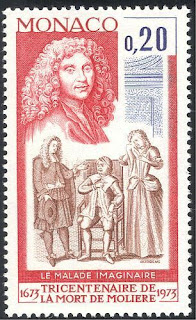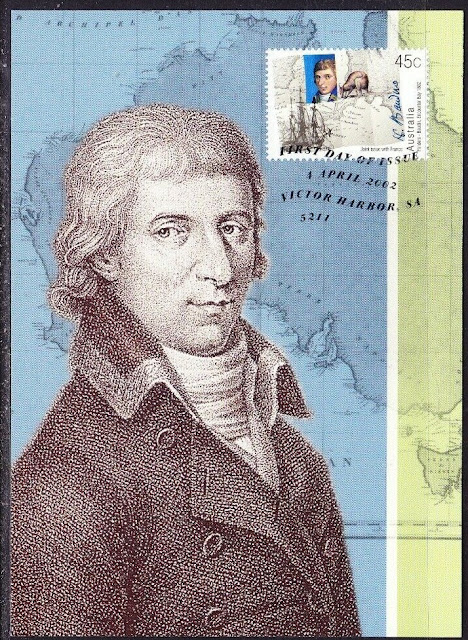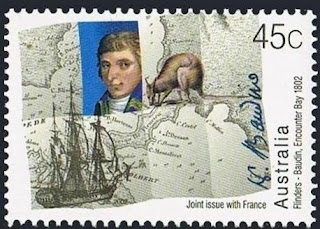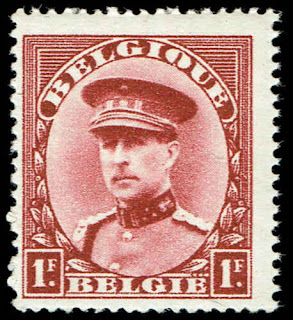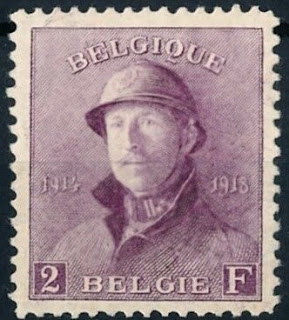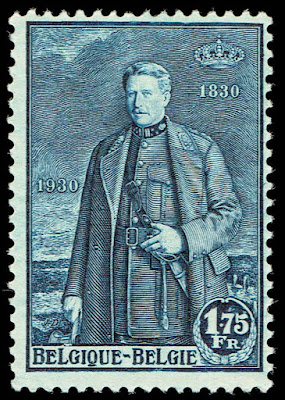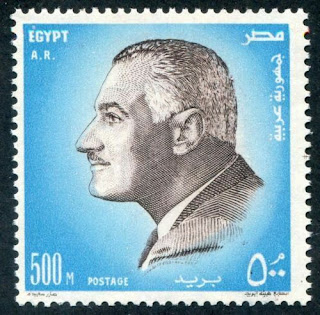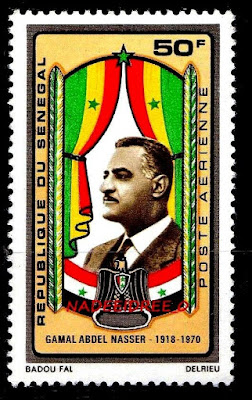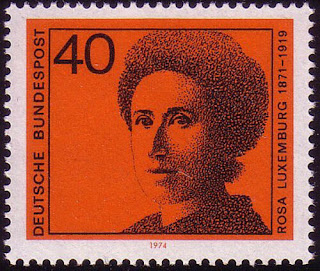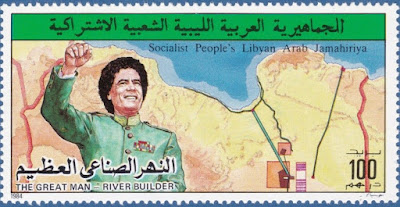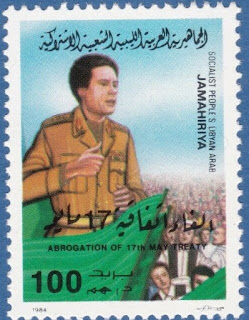Here are some events that happened on February 17th. It could be an event or a person that died or was born on that day
1673 Born: Molière, French actor and playwright (b. 1622)
Jean-Baptiste Poquelin (baptized 15 January 1622; died 17 February 1673), known by his stage name Molière, was a French playwright, actor and poet, widely regarded as one of the greatest writers in the French language and universal literature. His extant works include comedies, farces, tragicomedies, comédie-ballets and more. His plays have been translated into every major living language and are performed at the Comédie-Française more often than those of any other playwright today. His influence is such that the French language itself is often referred to as the "language of Molière".
Born into a prosperous family and having studied at the Collège de Clermont (now Lycée Louis-le-Grand), Molière was well suited to begin a life in the theater. Thirteen years as an itinerant actor helped him polish his comic abilities while he began writing, combining Commedia dell'arte elements with the more refined French comedy.
Through the patronage of aristocrats including Philippe I, Duke of Orléans—the brother of Louis XIV—Molière procured a command performance before the King at the Louvre. Performing a classic play by Pierre Corneille and a farce of his own, The Doctor in Love, Molière was granted the use of salle du Petit-Bourbon near the Louvre, a spacious room appointed for theatrical performances. Later, he was granted the use of the theater in the Palais-Royal. In both locations Molière found success among Parisians with plays such as The Affected Ladies, The School for Husbands and The School for Wives. This royal favor brought a royal pension to his troupe and the title Troupe du Roi ("The King's Troupe"). Molière continued as the official author of court entertainments.
Despite the adulation of the court and Parisians, Molière's satires attracted criticism from churchmen. For Tartuffe's impiety, the Catholic Church denounced this study of religious hypocrisy followed by the Parliament's ban, while Don Juan was withdrawn and never restaged by Molière. His hard work in so many theatrical capacities took its toll on his health and, by 1667, he was forced to take a break from the stage. In 1673, during a production of his final play, The Imaginary Invalid, Molière, who suffered from pulmonary tuberculosis, was seized by a coughing fit and a hemorrhage while playing the hypochondriac Argan. He finished the performance but collapsed again and died a few hours later.
Stamps from France, Monaco, Paraguay and New Caledonia depicting Molière
1754 Born: Nicolas Baudin, French cartographer and explorer (d. 1803)
1796 Born: Philipp Franz von Siebold, German physician and botanist (d. 1866)
Philipp Franz Balthasar von Siebold (17 February 1796 – 18 October 1866) was a German physician, botanist, and traveler. He achieved prominence by his studies of Japanese flora and fauna and the introduction of Western medicine in Japan. He was the father of the first female Japanese doctor, Kusumoto Ine.
Though he is well known in Japan, where he is called "Shiboruto-san", and although mentioned in the relevant schoolbooks, Siebold is almost unknown elsewhere, except among gardeners who admire the many plants whose names incorporate sieboldii and sieboldiana. The Hortus Botanicus in Leiden has recently laid out the "Von Siebold Memorial Garden", a Japanese garden with plants sent by Siebold. The garden was laid out under a 150-year-old Zelkova serrata tree dating from Siebold's lifetime. Japanese visitors come and visit this garden, to pay their respect for him.
German stamp depicting von Siebold
1854 – The United Kingdom recognizes the independence of the Orange Free State.
The Orange Free State (Dutch: Oranje Vrijstaat, Afrikaans: Oranje-Vrystaat, abbreviated as OVS) was an independent Boer sovereign republic under British suzerainty in Southern Africa during the second half of the 19th century, which ceased to exist after it was defeated and surrendered to the British Empire at the end of the Second Boer War in 1902. It is one of the three historical precursors to the present-day Free State province.
Extending between the Orange and Vaal rivers, its borders were determined by the United Kingdom of Great Britain and Ireland in 1848 when the region was proclaimed as the Orange River Sovereignty, with a British Resident based in Bloemfontein. Bloemfontein and the southern parts of the Sovereignty had previously been settled by Griqua and by Trekboere from the Cape Colony.
The Voortrekker Republic of Natalia, founded in 1837, administered the northern part of the territory through a landdrost based at Winburg. This northern area was later in federation with the Republic of Potchefstroom which eventually formed part of the South African Republic (Transvaal).
Following the granting of sovereignty to the Transvaal Republic, the British recognised the independence of the Orange River Sovereignty and the country officially became independent as the Orange Free State on 23 February 1854, with the signing of the Orange River Convention. The new republic incorporated the Orange River Sovereignty and continued the traditions of the Winburg-Potchefstroom Republic.
The Orange Free State developed into a politically and economically successful republic and for the most part enjoyed good relationships with its neighbors. It was annexed as the Orange River Colony in 1900. It ceased to exist as an independent Boer republic on 31 May 1902 with the signing of the Treaty of Vereeniging at the conclusion of the Second Boer War. Following a period of direct rule by the British, it attained self-government in 1907 and joined the Union of South Africa in 1910 as the Orange Free State Province, along with the Cape Province, Natal, and the Transvaal. In 1961, the Union of South Africa became the Republic of South Africa.
The Republic's name derives partly from the Orange River, which in turn was named in honor of the Dutch ruling family, the House of Orange, by the Dutch explorer Robert Jacob Gordon. The official language in the Orange Free State was Dutch.
Some stamps issued by the Orange Free State
1934 Died: Albert I of Belgium (b. 1875)
Albert I (8 April 1875 – 17 February 1934) reigned as King of the Belgians from 1909 to 1934. This was an eventful period in the history of Belgium, which included the period of World War I (1914–1918), when 90 percent of Belgium was overrun, occupied, and ruled by the German Empire. Other crucial issues included the adoption of the Treaty of Versailles, the ruling of the Belgian Congo as an overseas possession of the Kingdom of Belgium along with the League of Nations mandate of Ruanda-Urundi, the reconstruction of Belgium following the war, and the first five years of the Great Depression (1929–1934). King Albert died in a mountaineering accident in eastern Belgium in 1934, at the age of 58, and he was succeeded by his son Leopold III (r. 1934–1951).
1972 – Cumulative sales of the Volkswagen Beetle exceed those of the Ford Model T.
The Volkswagen Beetle—officially the Volkswagen Type 1, informally in German the Käfer (meaning "beetle"), in parts of the English-speaking world the Bug, and known by many other nicknames in other languages—is a two-door, rear-engine economy car, intended for five occupants (later, Beetles were restricted to four people in some countries), that was manufactured and marketed by German automaker Volkswagen (VW) from 1938 until 2003.
The need for a people's car (Volkswagen in German), its concept and its functional objectives were formulated by the leader of Nazi Germany, Adolf Hitler, who wanted a cheap, simple car to be mass-produced for his country's new road network (Reichsautobahn). Members of the National Socialist party, with an additional dues surcharge, were promised the first production, but the war shifted production to military vehicles instead. Lead engineer Ferdinand Porsche and his team took until 1938 to finalise the design. Béla Barényi is credited with first conceiving the original design for this car in 1925
By 2002, over 21 million Type 1s had been produced, but by 2003, annual production had dropped to 30,000 from a peak of 1.3 million in 1971. VW announced the end of production in June 2003, citing decreasing demand, and the final original Type 1 VW Beetle (No. 21,529,464) rolled off the production line at Puebla, Mexico, on 30 July 2003, 65 years after its original launch. This last Beetle, nicknamed El Rey (Spanish for "The King" after a legendary Mexican song by José Alfredo Jiménez) was delivered to the company's museum in Wolfsburg, Germany
Some stamps from Germany, Luxembourg and Iceland depicting the beetle


